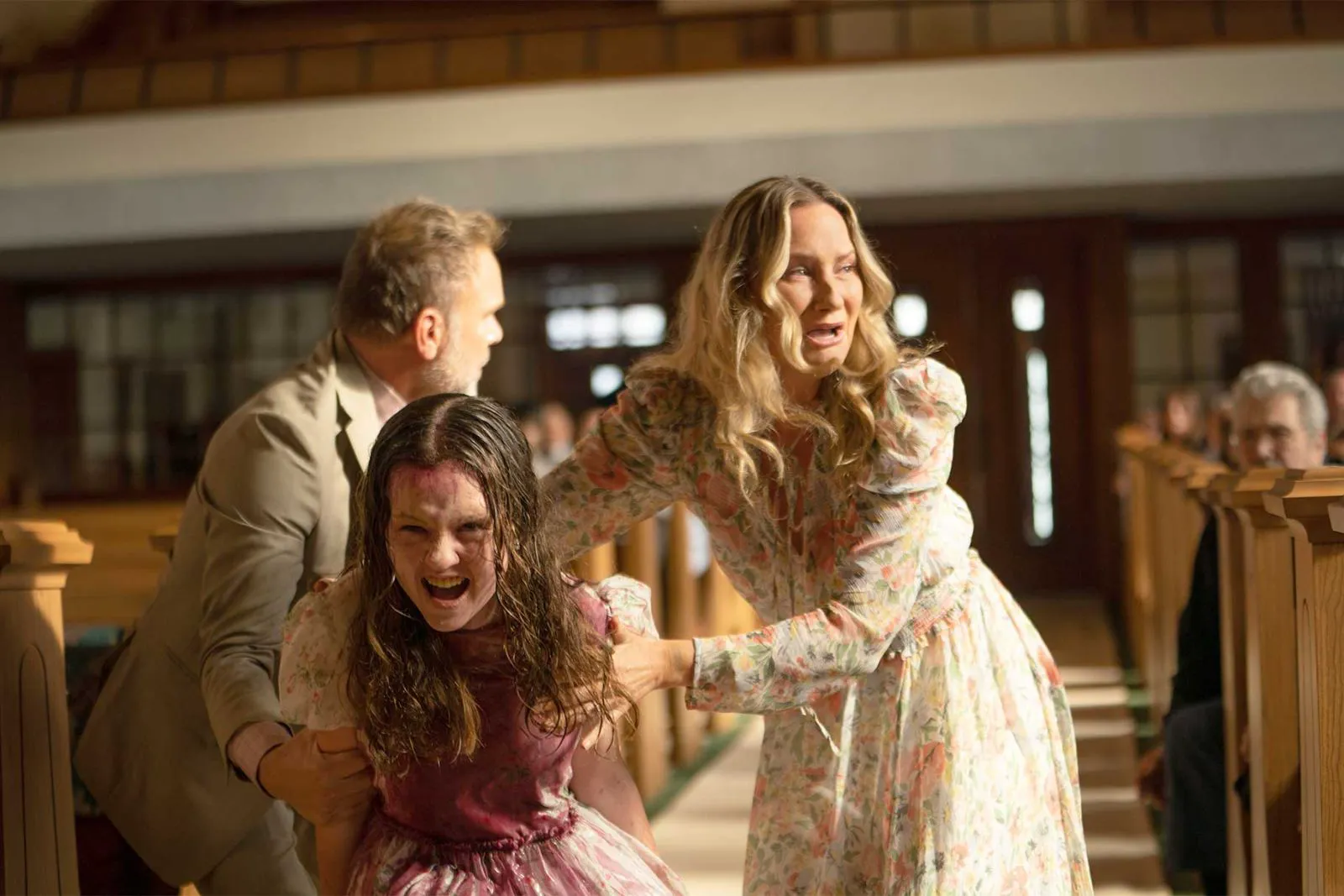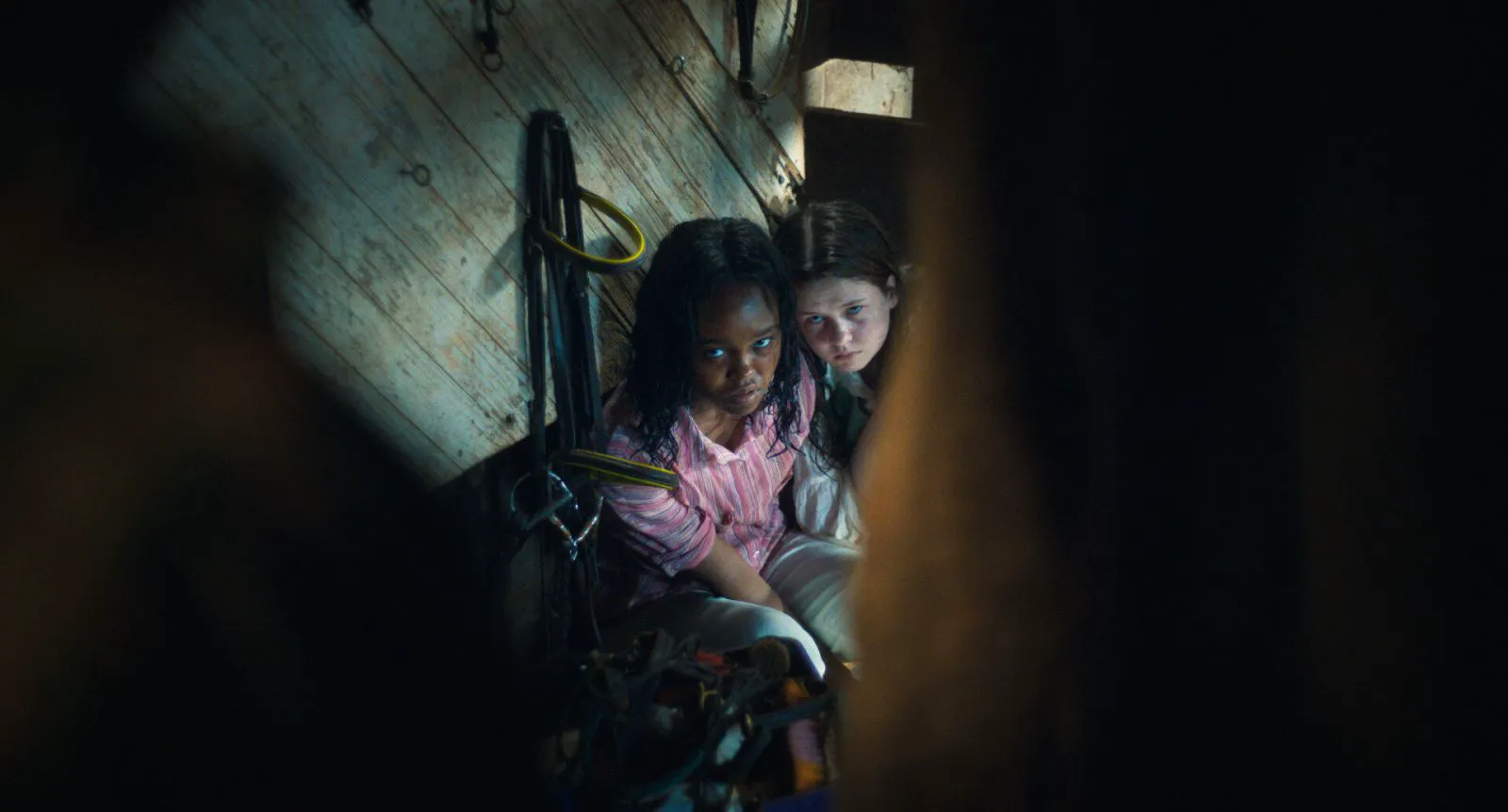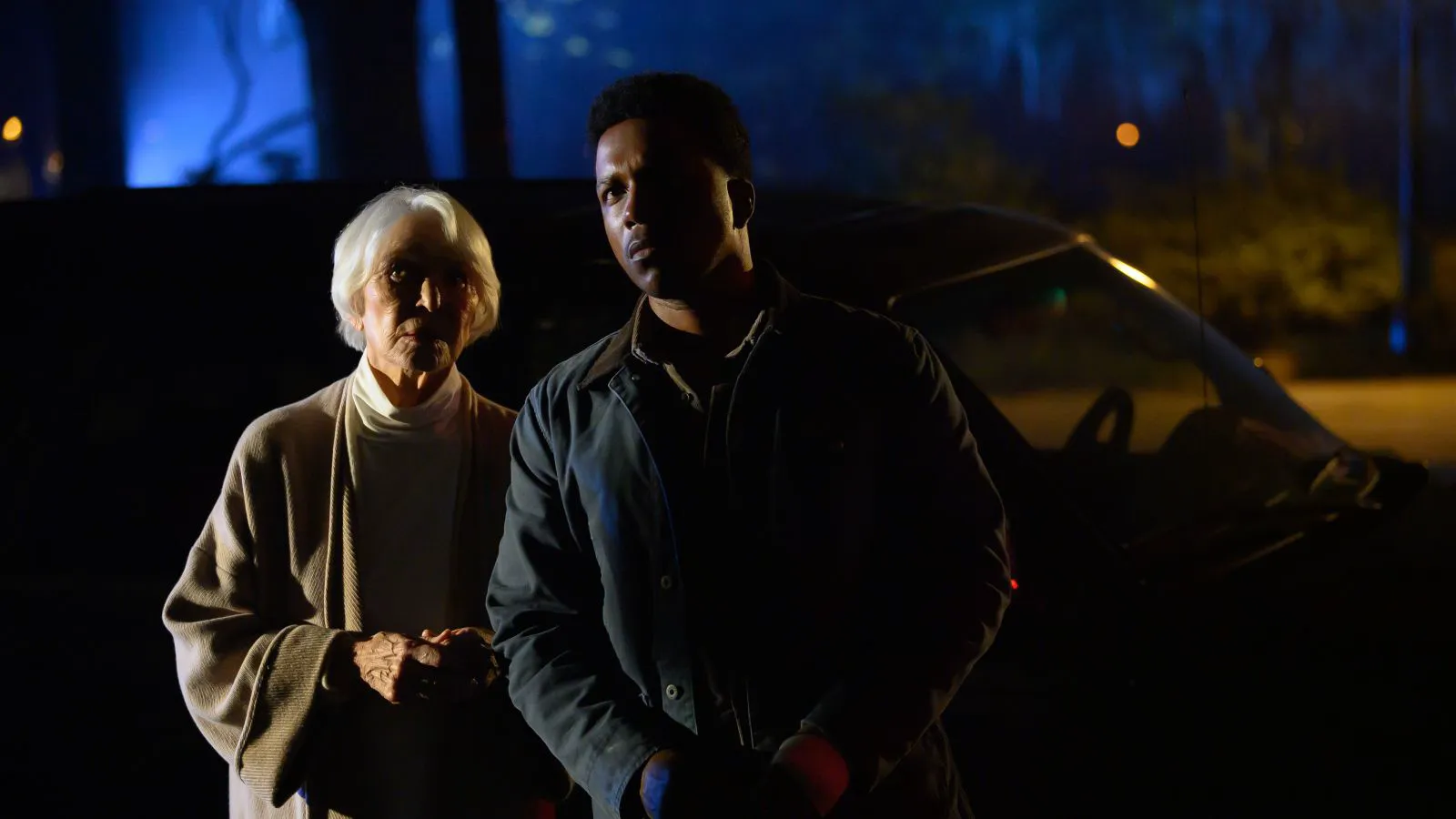The Exorcist: Believer - A Disappointing Sequel
This year marks the 50th anniversary of William Friedkin’s horror classic, “The Exorcist.” Tragically, Friedkin passed away just a few months before the premiere of this sequel to his most iconic film. In an era saturated with remakes, sequels, and reboots, the release of a new “Exorcist” might not raise many eyebrows. David Gordon Green seemed like a reasonable choice for director, especially given his recent work reviving (and then burying) the “Halloween” franchise. While Friedkin’s “Exorcist” spawned numerous sequels, none lived up to the original, with the possible exception of the 2016 TV series, which, despite its merits, deviated significantly from the source material.
“The Exorcist: Believer” disregards all previous sequels, with Green attempting to rewrite a history that didn’t need changing. This time, the story centers on not one, but two possessed girls.

Ellen Burstyn as Chris MacNeil in “The Exorcist: Believer”
A Father’s Desperate Fight
The film follows Tanner (Leslie Odom Jr.), a single father desperately trying to save his daughter Angela (Lidya Jewett). Angela and her friend Katherine (Olivia O’Neill) fall under the influence of a dark force during a séance in the woods, where Angela attempts to contact the spirit of her deceased mother. A pragmatist, Tanner initially dismisses the idea of demonic possession until Chris MacNeil (Ellen Burstyn), mother of the infamous Regan MacNeil (Linda Blair), reveals the horrifying truth.

Lidya Jewett as Angela in “The Exorcist: Believer”
Missed Opportunities and a Lack of Fear
Exorcism rituals are deeply rooted in Christianity, with the most documented cases occurring in the last century. Possession is often characterized by blasphemous, perverse, and hysterical behavior. Those supposedly controlled by dark forces speak in dead languages, desecrate religious symbols, and convulse violently – perfect fodder for a horror film. Friedkin’s original “Exorcist” was a benchmark, limited only by the technology of its time. Green, however, had the advantage of modern filmmaking techniques and the lessons learned from previous failed sequels. Yet, he delivers a film strangely devoid of genuine horror, making it paradoxically safe and comfortable for the audience.

Olivia Marcum as Katherine in “The Exorcist: Believer”
A Departure from the Original’s Strengths
Friedkin’s “Exorcist” captivated audiences with its unwavering boldness, grotesque imagery, and visceral horror. Green, instead of embracing and reinterpreting these elements, adopts a nihilistic approach, rejecting them entirely. “Believer” relies on awkward, sloppy compositions that might work in a slasher film but feel out of place in a supernatural setting. The occult aspects are handled amateurishly, revealing Green as a craftsman rather than a visionary. The atmosphere of the supernatural is heavily dependent on lighting, a fact Green seems to ignore. Instead, we are presented with dull scenes involving Bibles, churches, religious discussions, and quotes from the Gospels – anything but the feeling of a genuine exorcism. In Friedkin’s original, the priest was a central figure, a symbol of unwavering faith and human potential. In Green’s sequel, religious experience is superficial, with the only priest depicted as weak and vulnerable. Universal power is placed in the hands of a parent whose unconditional love is meant to bring salvation. This idea, while socially acceptable, is completely disconnected from the philosophy of “The Exorcist.”
Much of the time, Green seems to forget he’s not making another “Halloween” movie. The supernatural elements are reduced to zombie-horror tropes, overshadowed by Leslie Odom Jr.'s character’s lamentations about his crisis of faith following his wife’s tragic death. However, even the psychological aspects of “Believer” fall flat. Green borrows the successful concept from “The Last of Us” but doesn’t know what to do with it. Building a successful parent-child relationship with a demon-possessed child proves challenging, and delving into the complexities of paternal guilt is deemed too risky. Given Green’s complete disregard for Friedkin’s cinematic legacy, the cameos by Ellen Burstyn and Linda Blair, as well as Mike Oldfield’s soundtrack, feel particularly out of place. Without these elements, the new “Exorcist” would barely be connected to the original.